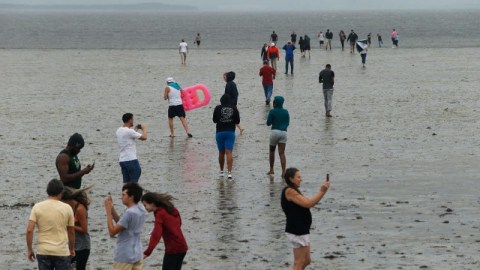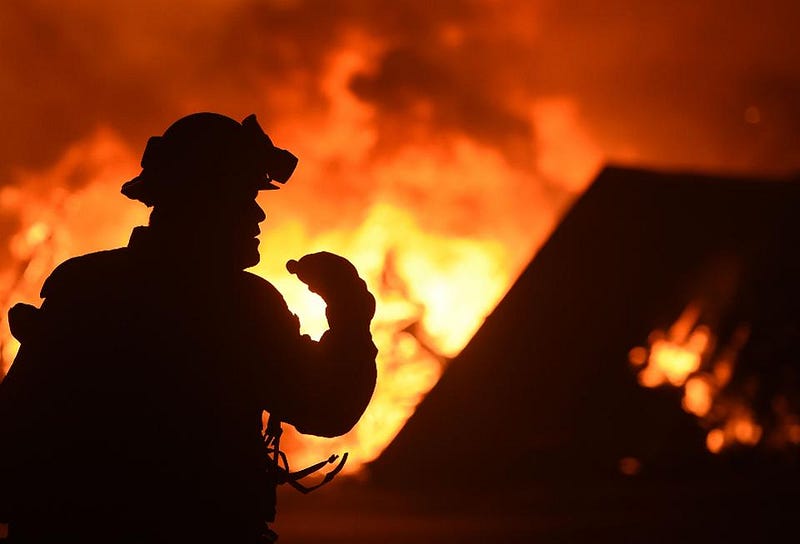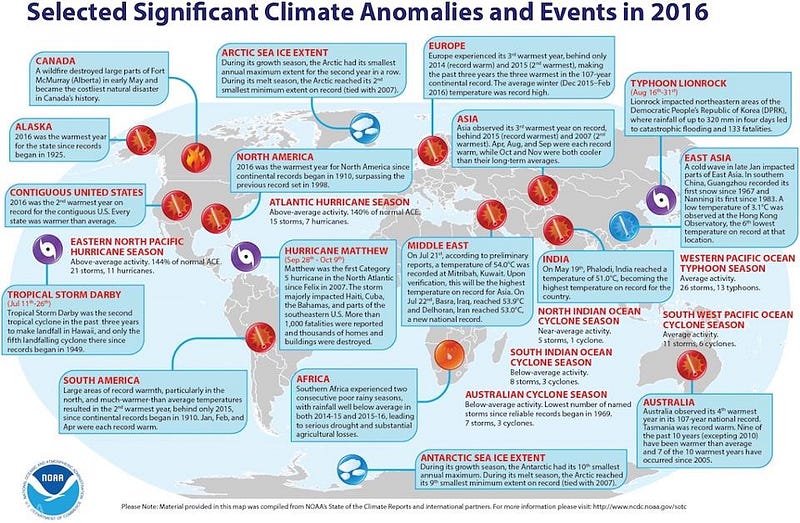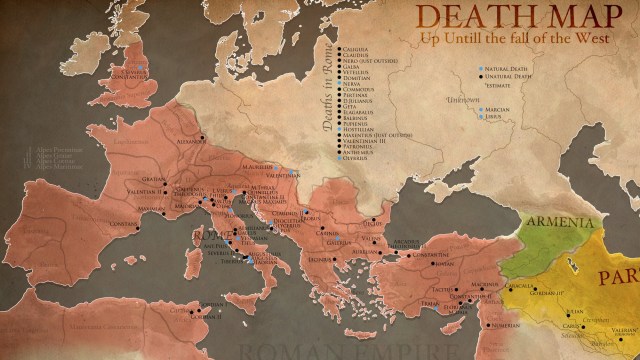Now is absolutely the time to politicize Hurricane Irma and other natural disasters

While it’s fresh in everyone’s mind, this is the best time to turn awareness into action.
“Hurricane Katrina overwhelmed levees and exploded the conventional wisdom about a shared American prosperity, exposing a group of people so poor they didn’t have $50 for a bus ticket out of town. If we want to learn something from this disaster, the lesson ought to be: America’s poor deserve better than this.” –Michael Eric Dyson
This past weekend, Hurricane Irma made landfall in the United States, battering the entire state of Florida with a colossal reach of more than 400 miles. Making landfall as a category 4 hurricane, with sustained winds in excess of 130 miles per hour (209 km/hr), causing massive flooding and storm surges, resulting in more than five million power outages, and even creating catastrophic tornadoes, the damage it caused may well rise into the hundreds of billions of dollars. This occurred on the heels of Hurricane Harvey, which made landfall in and around Houston, Texas, as a category 4 hurricane as well, marking the first time in recorded history that two hurricanes as powerful as category 4 made landfall in the same year in the United States.

At the same time, Hurricane Katia is ravaging Mexico; Hurricane Jose will likely just miss the Caribbean islands and the mainland USA; all while wildfires ravage the continent west of the Rocky Mountains in one of the worst wildfire seasons in years. This is not just a coincidence, but has an underlying, human-caused contribution that makes storms and years like this more likely: global climate change. Yes, natural disasters happen naturally, but as we affect the natural world, the strength, frequency, and likely damage of these disasters change as well. If we act now, we can make a difference, but that absolutely requires politicizing what’s happening in our country and across the world.

For hurricanes, the science is very straightforward: when you have fast-moving wind blowing over warm, deep ocean waters, the sea-level air picks up moisture, heats up, and rises. It creates clouds when it rises high enough, then cools and falls, while warm, wet air beneath it continues to rise. The warmer the water is and the faster the winds blow, the more likely you are to create a tropical disturbance, which can grow into a hurricane. As the world warms and ocean temperatures rise, the way weather patterns respond is to create more powerful tropical storms, albeit fewer in number. Hurricane Irma wasn’t caused exclusively by global warming, but the fact that human activity has warmed the world makes storms as powerful and expansive as Irma more frequent and more likely.

At the same time, the western United States has been experiencing periodic droughts that have been coupled with deluges of rain. Over the past 12 months, many places in the Pacific Northwest set records for rainfall, both in terms of the amount of rain and the number of consecutive days with rain. This was then followed by an extremely hot, dry summer, turning the lands into a tinderbox. In Oregon and Washington alone, over a million acres have been burned in the summer of 2017 so far, while British Columbia, Canada, is having one of their most severe wildfire years in history. Over the past decade, sustained drought conditions have plagued California, an omen of longer-term problems we’re likely to experience concerning the nation’s food supply and access to water.

There will always be naysayers who will point out cherry-picked facts, such as the fact that Harvey and Irma are the first two major hurricanes to impact the United States in such a catastrophic way since Katrina, which was way back in 2005. But this is not about the United States and merely the Atlantic hurricanes; if you want to understand how global warming affects weather, climate and natural disasters, you need to look across the globe. You need to look at the typhoons that have ravaged Asia in an unprecedented fashion this past decade; you need to look at the droughts and floods that have forever changed agriculture in South America and Africa; you need to look at the decline of various forms of marine life and the acidification of the oceans. You need to look at where water is and isn’t going, what the frequency and intensity of tropical storms are; what wildfires have done and are doing, and so much more.

The immediate concern must be to help those afflicted by the disasters plaguing the country and the world today; at our core, I like to think of the United States as one of the most compassionate nations on Earth, with a history of looking out for one another when the need is greatest. But it’s our great responsibility to be smart and proactive in preventing, minimizing and mitigating the impact of these disasters in the future, and that means crafting an effective policy. To do that, you need to study weather and climate like a scientist. Fortunately for humanity, we’ve been doing exactly this in a robust, high-quality fashion for generations.

The full suite of data we have incontrovertibly points to one conclusion: the human effects that contribute to climate change are severe, and are making these disasters we’re experiencing far more damaging than they would otherwise be. The time to transform these scientific lessons into a policy that makes our nation and our world a safer, more secure, more resilient place is now. Natural disasters will always occur, but there’s no good reason to make them worse, especially when we can do something about it today. In the long run, it may be both more compassionate and less expensive to simply craft a better policy, but we can’t do that unless we craft those policies based on the best science humanity has to offer.
Our regular Mostly Mute Monday series is going on hiatus for the indefinite future, as there is too much to discuss to restrict ourselves to merely 200 words.
Ethan Siegel is the author of Beyond the Galaxy and Treknology. You can pre-order his third book, currently in development: the Encyclopaedia Cosmologica.




